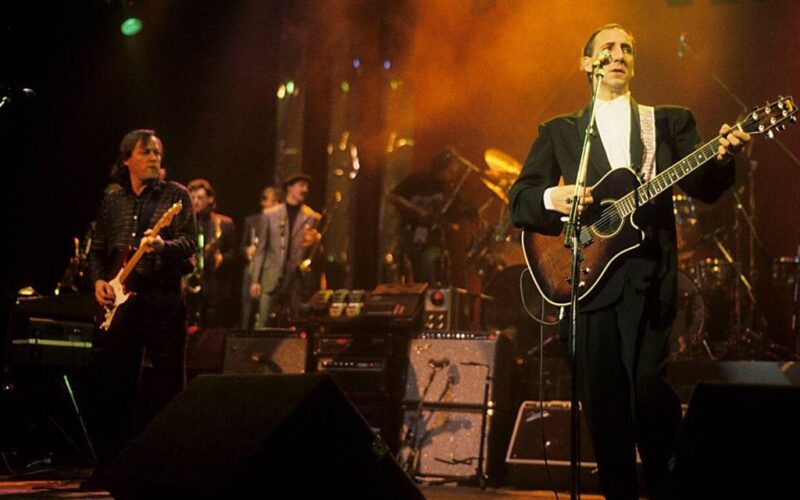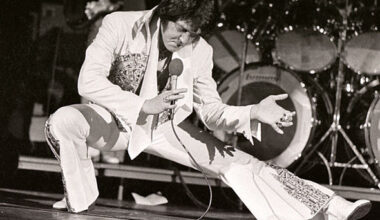Rock fans worldwide have always been fascinated with the idea of a supergroup. Although fans typically flock to the familiar faces of the rock scene, the thought of having rock idols come together to make beautiful music feels like a match made in heaven. While many supergroups have tried making phenomenal pieces of art, David Gilmour and Pete Townshend were nearly involved in one of the greatest team-ups that rock had ever known.
For years, Townshend had been working as the principal songwriter for The Who, crafting elegant displays of rock grandeur across albums like Quadrophenia. As the band began to fracture with the death of drummer Keith Moon, though, Townshend was looking to carve out his path as a star in his own right, moving towards a solo career during the initial fallout of the band on It’s Hard.
Around the same time, Gilmour had been steering Pink Floyd through the rest of the 1980s after Roger Waters’ departure. After working with the bassist on The Final Cut, Gilmour took the reins for the rest of the band’s career, adopting different contemporary aesthetics to albums like A Momentary Lapse of Reason.
Just before breaking away from Waters’s shadow, though, Townshend and Gilmour initially had the idea of putting a band together. With Townshend being a particular fan of Gilmour’s playing, the plan was to fill out the rest of the band with a who’s who of veterans from the English session scene.
Among the musicians to round out the lineup included Simon Phillips, a renowned percussionist known for his work in jazz fusion and bassist Chucho Merchán, who would go on to play with bands like Pretenders and Eurythmics. Although everyone had high hopes for the initial collaboration, nothing came of the supergroup except for a handful of live performances.
After debuting at a charity event at London’s Brixton Academy, the band had planned to play a few more shows before splitting up due to low ticket sales. While Townshend would finesse a live album from what was recorded, it’s easy to see why things didn’t work out from the get-go.
Compared to the host of original material with supergroups like The Traveling Wilburys, most of Deep End Live is comprised of tunes that feel like Townshend making a slightly offbeat take on his solo material, including reshaping a handful of his signature tunes like ‘Behind Blue Eyes’. While Gilmour also lays down some decent guitar licks from some of the documented footage, most of the tasty bends he delivers feel like remnants of what turned up on The Wall.
Regardless of the doomed collaboration, none of the musicians were necessarily hurting from it, with Townshend returning to his solo career and Gilmour left to press on with Pink Floyd. Even though each artist was known for creating phenomenal apart from each other, sometimes the greatest artists in the world don’t gel appropriately for the music to work.





